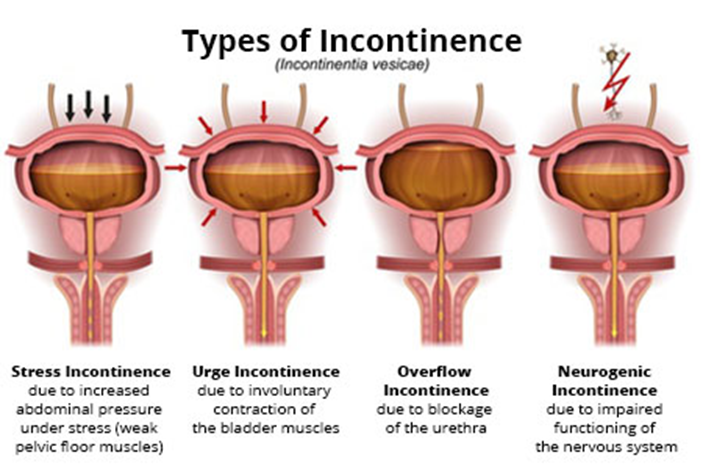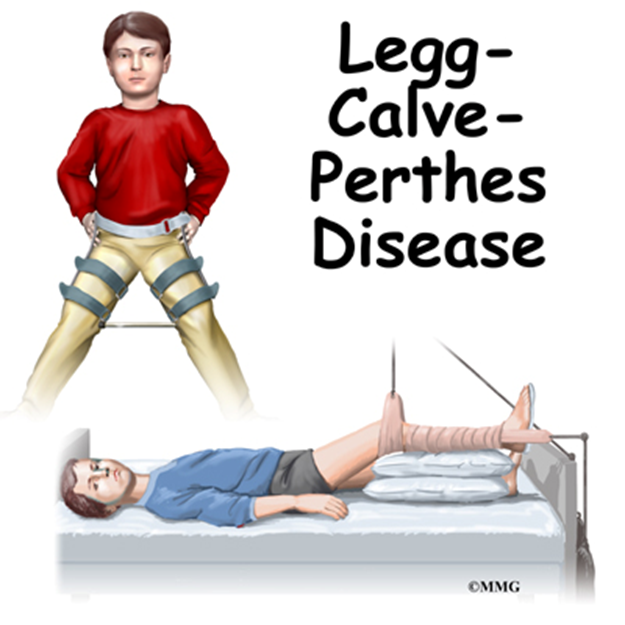A nurse is caring for a client who is in the oliguric phase of acute kidney injury. Which of the following actions should the nurse take?
Provide a diet high in protein.
Provide ibuprofen for retroperitoneal discomfort.
Monitor intake and output hourly
Encourage the client to consume at least 2 L of fluid daily
The Correct Answer is C
A. Provide a diet high in protein.
During the oliguric phase of acute kidney injury (AKI), there is a risk of electrolyte imbalances, including elevated levels of blood urea nitrogen (BUN) and creatinine. Restricting protein intake is often recommended during this phase to manage azotemia and prevent the accumulation of waste products that the kidneys may struggle to excrete.
B. Provide ibuprofen for retroperitoneal discomfort.
Ibuprofen and other nonsteroidal anti-inflammatory drugs (NSAIDs) are contraindicated in AKI. They can further compromise renal function and may contribute to acute tubular necrosis. NSAIDs can also affect renal blood flow, leading to worsening kidney function.
C. Monitor intake and output hourly.
Monitoring intake and output (I&O) is a critical nursing intervention during the oliguric phase of AKI. Hourly monitoring helps assess renal function, fluid balance, and the effectiveness of interventions. It allows for early detection of changes that may require prompt intervention.
D. Encourage the client to consume at least 2 L of fluid daily.
In the oliguric phase of AKI, fluid intake is often restricted to prevent fluid overload. Encouraging excessive fluid intake may contribute to fluid retention and worsen the oliguria. Fluid management is carefully regulated based on the individual client's needs and renal function.
Nursing Test Bank
Naxlex Comprehensive Predictor Exams
Related Questions
Correct Answer is A
Explanation
A. Stress incontinence
Stress incontinence is the involuntary loss of urine during activities that increase intra-abdominal pressure, such as sneezing, coughing, laughing, or lifting heavy objects. In stress incontinence, the pelvic floor muscles are weakened, leading to inadequate support of the bladder and urethra. This results in leakage of urine during moments of increased pressure on the bladder.
B. Urge incontinence
Urge incontinence involves a strong and sudden urge to urinate, leading to involuntary urine loss. It is often associated with an overactive bladder and may not be related to increased abdominal pressure.
C. Overflow incontinence
Overflow incontinence occurs when the bladder is unable to empty completely, leading to constant dribbling of urine. It is often associated with conditions that obstruct urine flow, such as an enlarged prostate in men.
D. Reflex incontinence
Reflex incontinence is characterized by the involuntary loss of urine due to a reflex arc that bypasses normal control mechanisms. It is often associated with neurological conditions that affect bladder control.

Correct Answer is B
Explanation
A. Ensure the rope knots are away from the pulleys.
While ensuring that rope knots are away from the pulleys is a general principle in traction care to maintain proper functioning, it is not directly related to the specific positioning of the child's feet in Buck's traction.
B. Ensure the child’s feet are against the footboard.
This statement is correct. Ensuring that the child's feet are against the footboard helps maintain proper hip alignment and prevent complications such as contractures. It is an important aspect of care when managing Legg-Calve-Perthes disease in Buck's traction.
C. Apply antibiotic ointment to the pin sites daily.
This action is not applicable to Buck's traction. Buck's traction involves the use of a boot or splint, and it does not include pins or pin sites. The use of antibiotic ointment for pin sites is more relevant in the context of skeletal traction.
D. Reduce the child’s fluid intake.
There is no indication to reduce the child's fluid intake specifically in the context of Buck's traction. Adequate hydration is generally important for overall health, and fluid restriction is not a standard practice for managing Legg-Calve-Perthes disease in Buck's traction.

Whether you are a student looking to ace your exams or a practicing nurse seeking to enhance your expertise , our nursing education contents will empower you with the confidence and competence to make a difference in the lives of patients and become a respected leader in the healthcare field.
Visit Naxlex, invest in your future and unlock endless possibilities with our unparalleled nursing education contents today
Report Wrong Answer on the Current Question
Do you disagree with the answer? If yes, what is your expected answer? Explain.
Kindly be descriptive with the issue you are facing.
